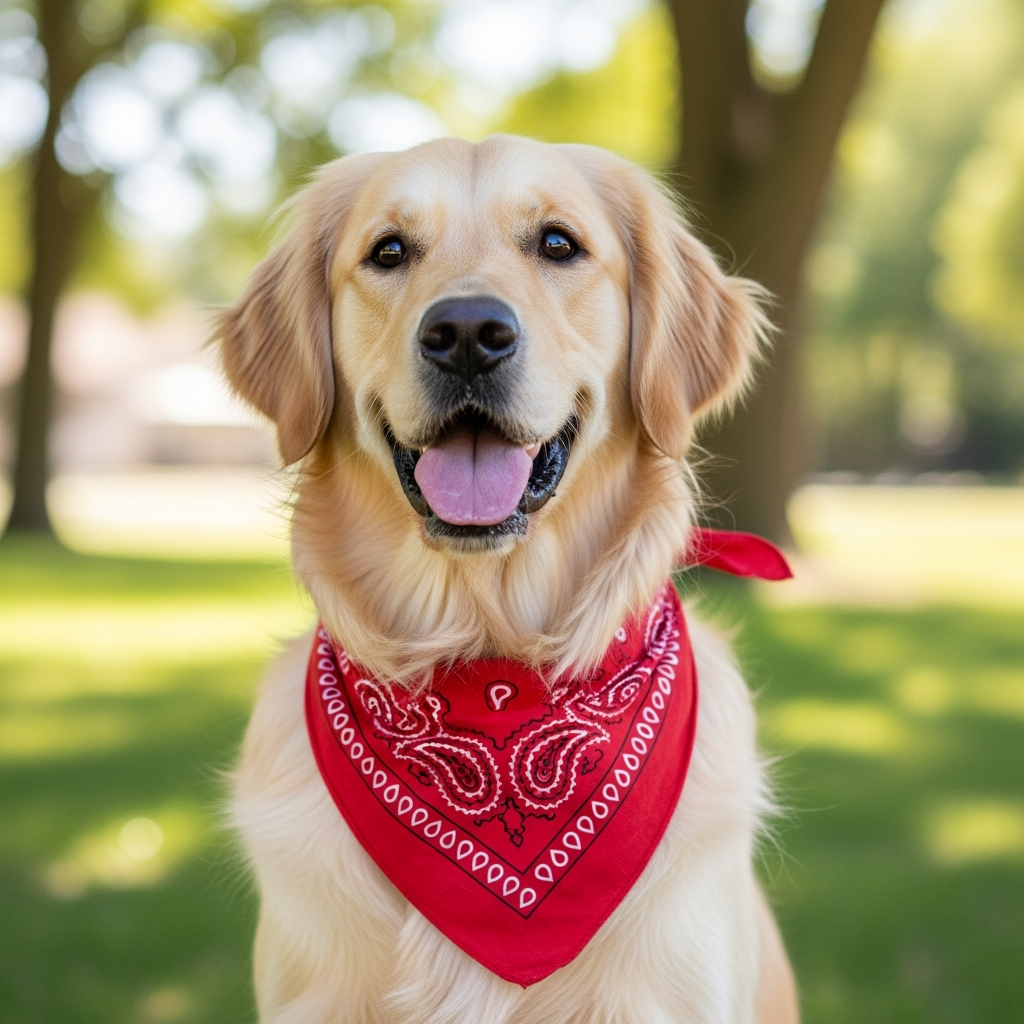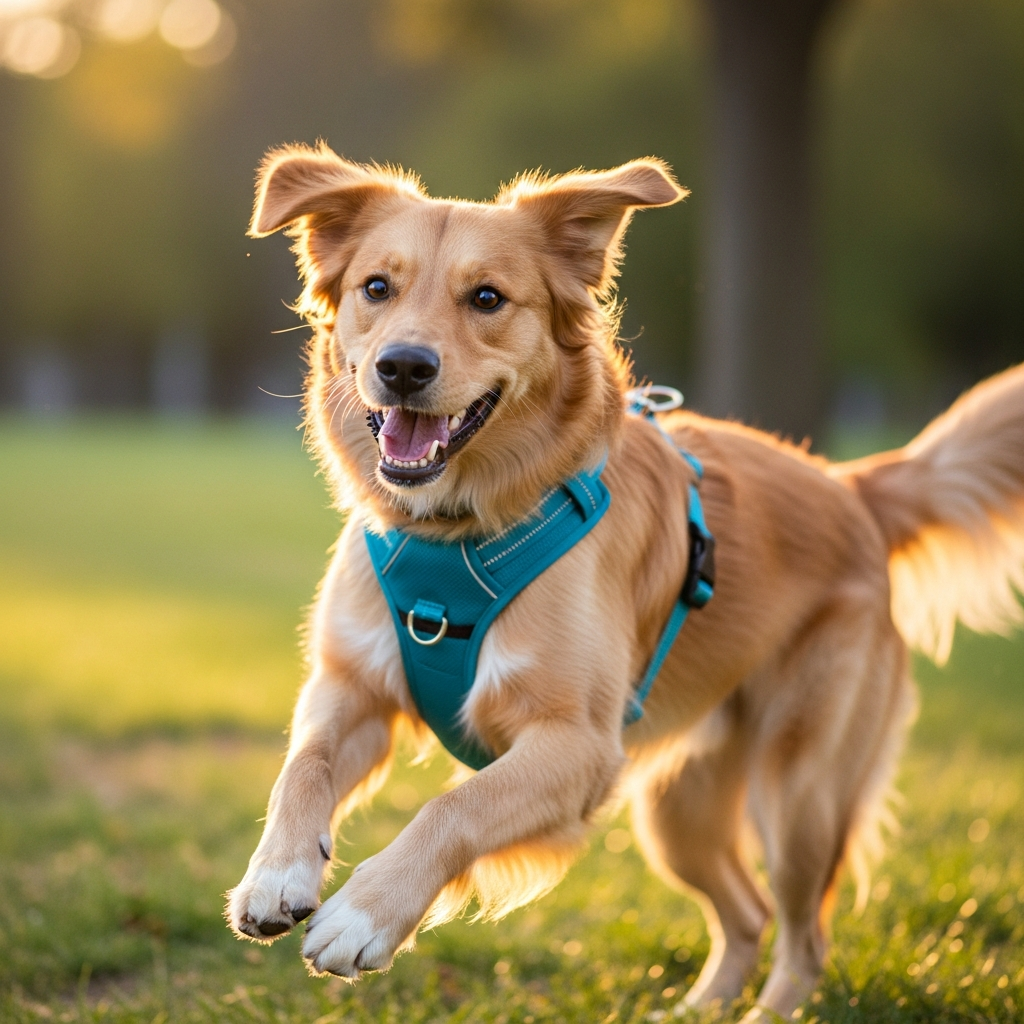Is your furry friend struggling with weight issues? Being overweight can lead to serious health problems, but with the right approach, your dog can shed pounds. Let’s dive into effective ways to help your dog lose weight.
Helping your dog maintain a healthy weight is crucial for their overall well-being. A poor diet or lack of exercise can result in joint issues, diabetes, and even a shortened lifespan. Here’s how you can kickstart the journey.
If your dog is carrying excess weight, they may be at risk for health issues such as joint pain, heart disease, and a reduced lifespan. Don't worry—by adjusting their diet, increasing exercise, and utilizing pet accessories, your furry companion can achieve a healthier weight.
Curious about where to start? Keep reading to explore practical methods to help your dog shed those extra pounds and get back in shape!
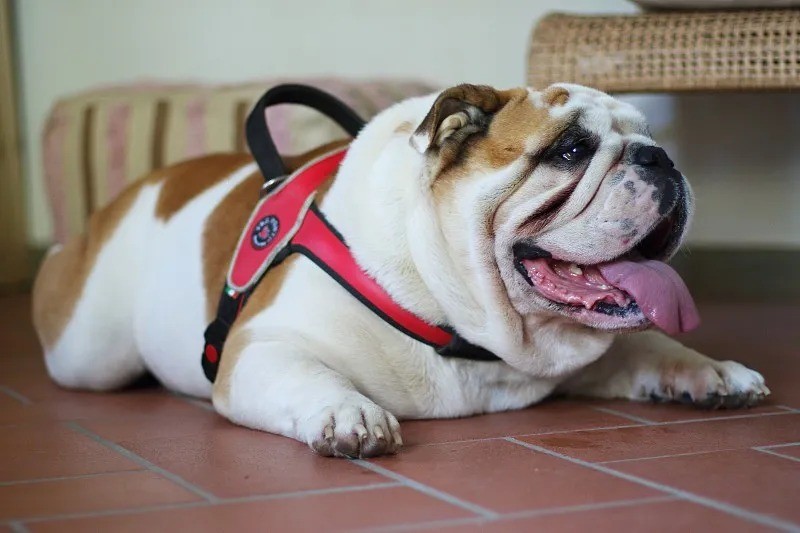
Why Is Your Dog Gaining Weight?
The first step to helping your dog lose weight is understanding the root cause. Dogs gain weight due to several factors: poor diet, lack of exercise, and even genetics. Overfeeding or excessive treats can also significantly contribute to the weight problem.
One of the primary contributors to a dog's weight gain is overfeeding and insufficient exercise. The type of food, portion sizes, and frequency of treats all play a crucial role.
When it comes to selecting a diet for your dog, it's essential to consider the calorie content, nutritional balance, and specific needs of your pet. Some dogs may require fewer calories, while others may need specialized food due to their breed, age, or health conditions. Understanding your dog's individual dietary requirements can help prevent unnecessary weight gain.
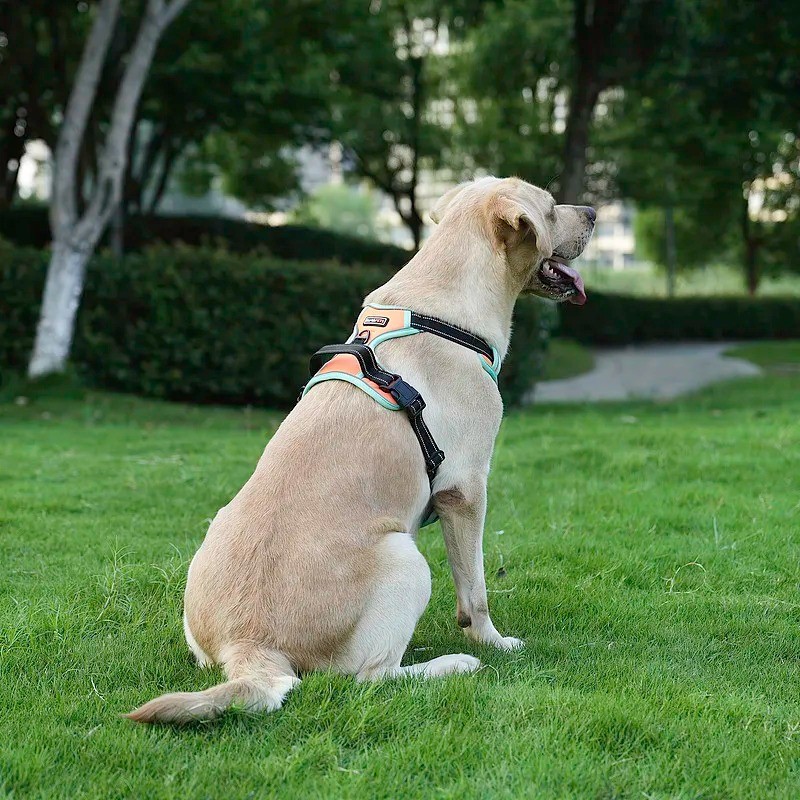
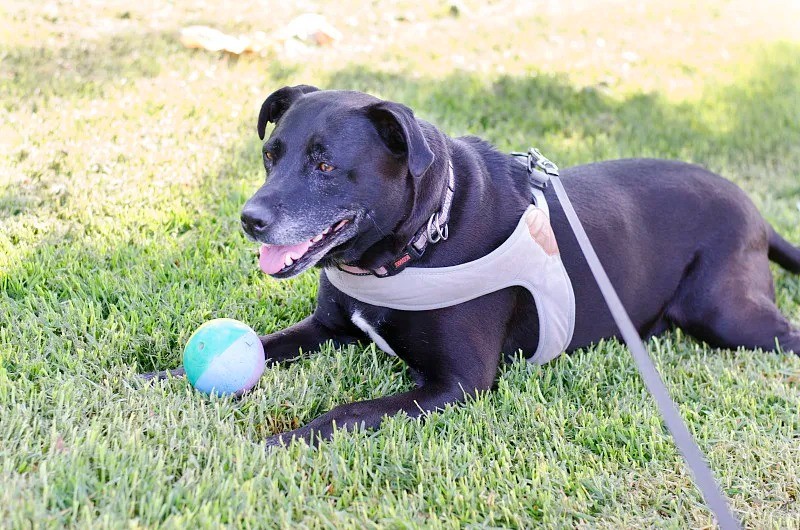
Why Is Weight Loss So Important for Dogs?
You might be wondering, "Why is weight loss crucial?" Obesity in dogs isn’t just about appearance—it can significantly impact your pet's quality of life. It can lead to joint issues, heart problems, diabetes, and even a shortened lifespan. These are all compelling reasons to prioritize your dog’s weight management starting today.
Excess weight places additional strain on your dog’s joints, heart, and organs, increasing the risk of chronic health conditions such as arthritis and cardiovascular disease.
Carrying extra pounds can make it challenging for your dog to move around, play, or engage in basic activities. This can potentially lead to depression or anxiety in your furry friend. Weight loss efforts can help alleviate these issues and enhance their overall well-being.
What Role Do Dog Harnesses, Leashes, and Collars Play?
When you’re focused on helping your dog lose weight, specific accessories can support your efforts. A properly fitted dog harness can enhance control during walks, promoting more exercise without causing undue strain. Dog leashes can aid in maintaining your dog’s focus during training, ensuring they stay on course with their walking routine.
Utilizing the appropriate accessories, such as a comfortable dog harness or a sturdy dog leash, can encourage more consistent walks, which are crucial for weight loss.
On the other hand, collars may not always be the optimal choice for heavier dogs or those with joint issues. A harness disperses pressure evenly across the chest, alleviating strain on your dog’s neck and back. This is especially valuable for senior dogs or those experiencing joint discomfort due to obesity.

Exercise: The Key to Weight Loss
Regular exercise is essential for aiding your dog in losing weight. Just like us, dogs need to burn calories, and consistent physical activity contributes to that. The type of exercise your dog requires will vary based on their breed, age, and current fitness level.
Initiate with brief walks and gradually increase the duration and intensity as your dog becomes more fit. Playtime holds equal significance—games like fetch and other activities can effectively burn calories and enhance fitness.
To keep your dog motivated, consider using toys, treats (in moderation), or even a set of dog harnesses to ensure your furry companion remains focused and engaged. It's important to incorporate a mixture of low-intensity and higher-intensity activities to maintain a balanced weight loss program for your dog.
How to Adjust Your Dog’s Diet for Weight Loss
Diet plays a critical role in your dog’s weight loss journey. It’s crucial to provide your dog with a balanced, calorie-controlled diet and refrain from excessive treat-giving. Additionally, consider measuring their food to ensure proper portion control.
A well-designed diet plan should incorporate high-protein, low-fat food specifically formulated for weight management. It's advisable to seek guidance from your vet regarding appropriate portion sizes to avoid overfeeding.
Another effective approach is transitioning to a weight-management formula tailored for dogs in need of weight loss. Look for food with lower calorie content that still supplies all the essential nutrients your dog requires for energy and overall well-being.
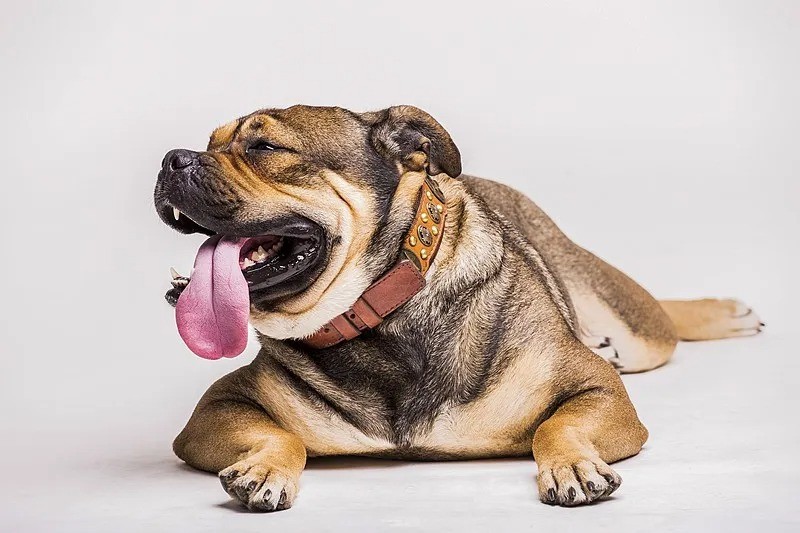
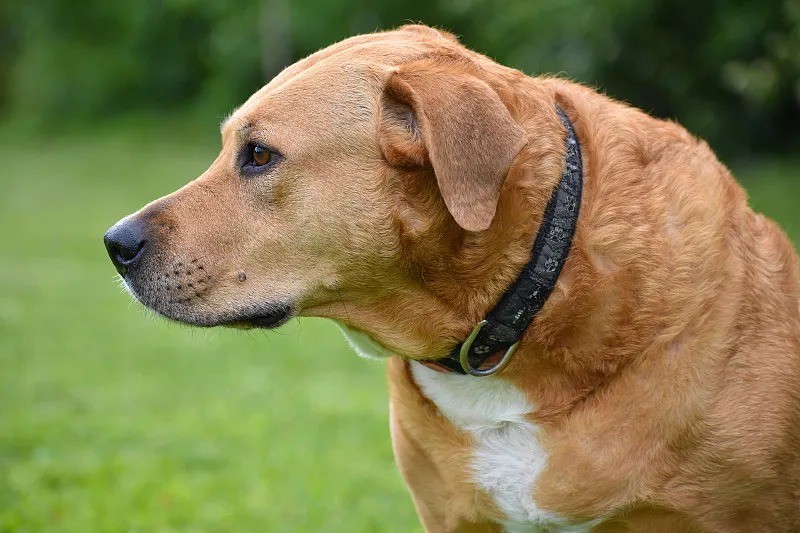
How Often Should You Feed Your Dog?
How often you feed your dog can also impact their weight. Some experts recommend feeding adult dogs twice a day, while others might advocate for more frequent, smaller meals to stabilize energy levels. Nevertheless, ensuring you're feeding your dog based on their specific needs—neither excessive nor insufficient—is paramount.
Feeding smaller, more frequent meals can aid in keeping your dog satiated throughout the day and curbing overeating.
By spacing out meals and regulating the food quantity, you’re assisting your dog in maintaining a healthy weight. This approach also diminishes the inclination to snack between meals, which can become an issue if your dog’s diet lacks balance.
Consistency is Key: How to Stay on Track
Losing weight is a gradual process for both you and your dog. Consistency is essential, and it's important to adhere to the new eating and exercise routines. Don’t be disheartened if you don’t observe immediate results—adjusting takes time for your dog’s body.
Maintain dedication to the new diet and exercise plan. Acknowledge small victories and continue monitoring your dog’s progress.
Monitoring your dog’s advancement through weight measurements or by assessing their energy levels can help you stay motivated. If your dog’s weight loss appears to plateau, consider increasing their exercise routine or making slight adjustments to their food portions.
Conclusion
Assisting your dog in losing weight is vital for their overall health and well-being. A blend of exercise, balanced nutrition, and appropriate accessories such as a dog harness, leash, and collar can truly make all the difference.
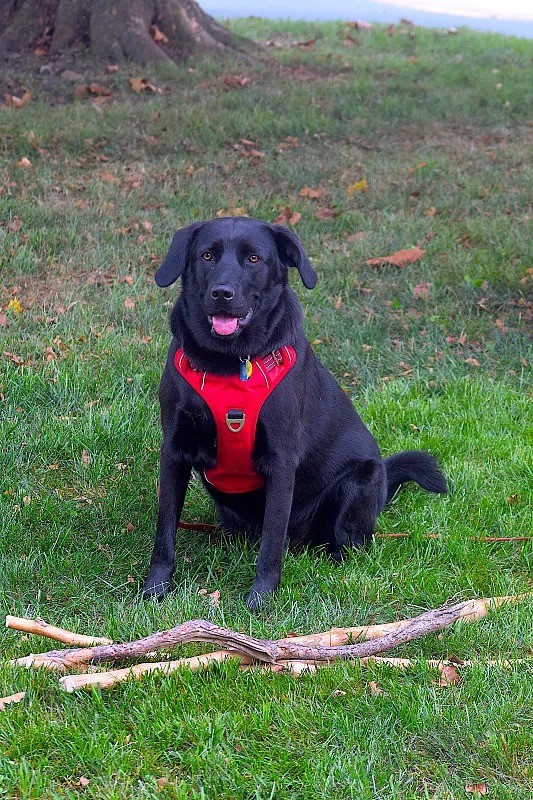
Cindy Long is the Sales Manager of Raysunpets and a pet lover with over 12 years of experience in exporting pet products. She specializes in providing customized dog chest carriers, leashes and pet accessory solutions for the European and American markets, always focusing on the real needs of customers and pets, and is committed to creating high-quality, practical and comfortable products that allow fur kids to live happier lives.

